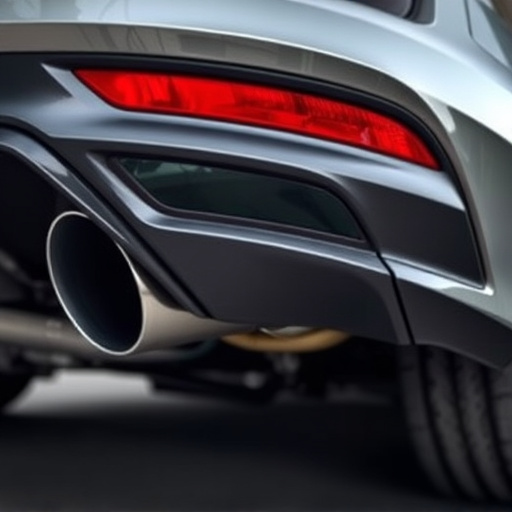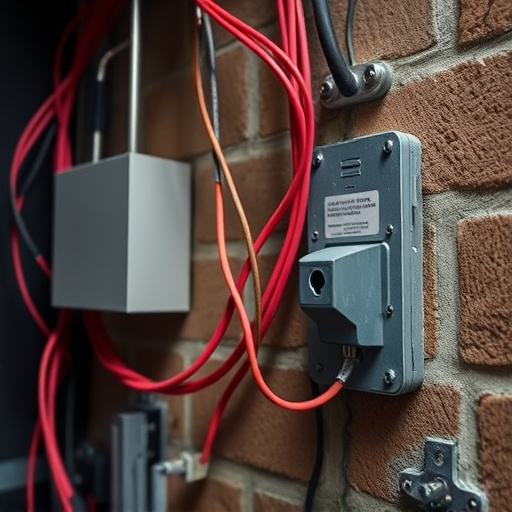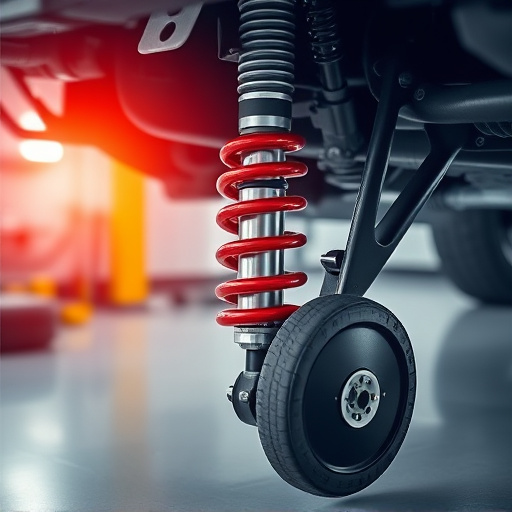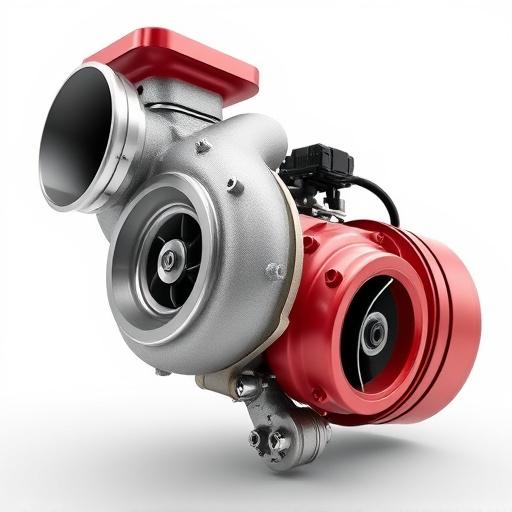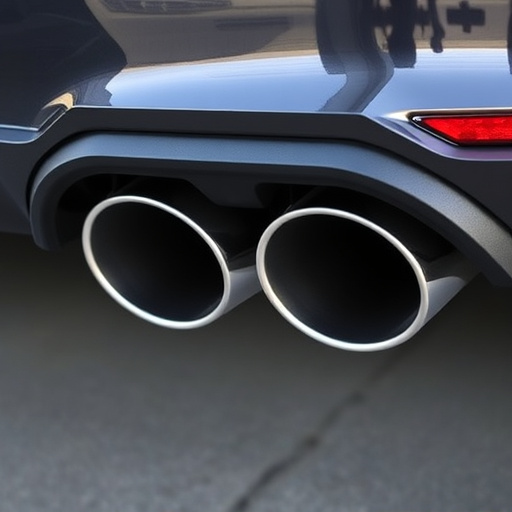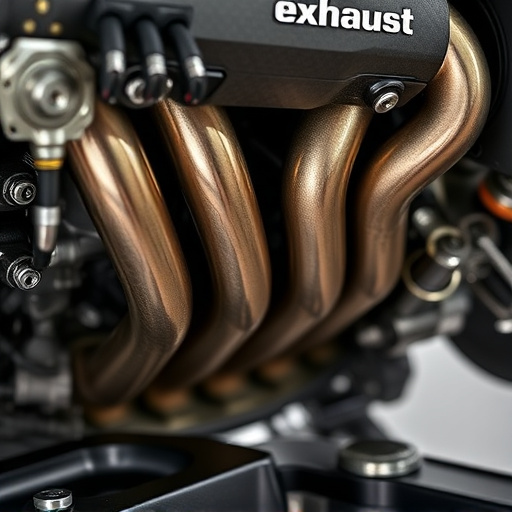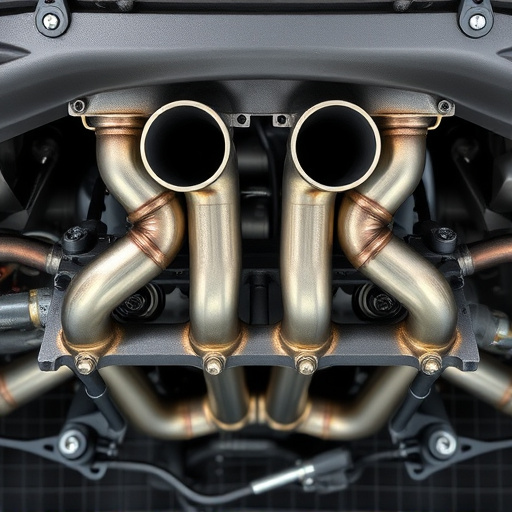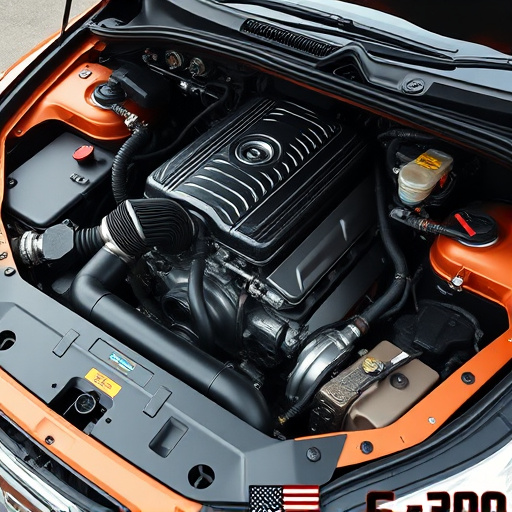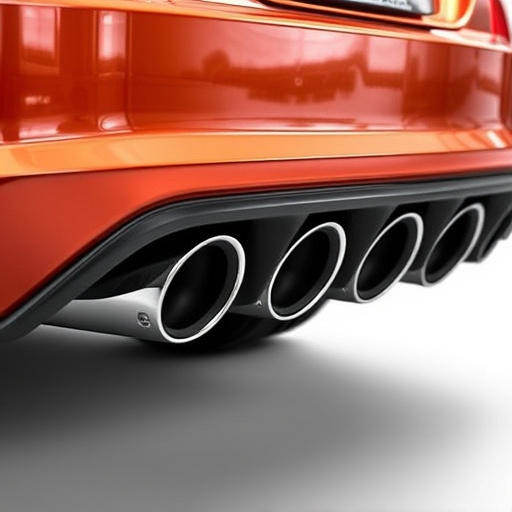Understanding common car suspension parts (shock absorbers, struts, ball joints, etc.) is crucial for budgeting replacements. Costs vary greatly based on vehicle make and part type. Regular maintenance and early issue resolution prevent costly damage. Research prices, prioritize repairs, and consider both DIY and professional options to balance quality and budget, especially for performance upgrades like advanced brakes.
Car owners often overlook the importance of regular car suspension parts checks until an issue arises. Suspension systems are critical for a smooth ride, vehicle control, and safety. This article guides you through the process of understanding common car suspension parts, their replacement costs, and budgeting tips. We’ll explore DIY vs professional repairs, helping you make informed decisions to keep your vehicle running smoothly without breaking the bank. Learn how to budget effectively for essential car suspension part replacements.
- Understanding Common Car Suspension Parts and Their Replacement Costs
- Budgeting for Suspension Part Replacement: Tips and Strategies
- DIY vs Professional Suspension Repairs: When to Choose Each Option
Understanding Common Car Suspension Parts and Their Replacement Costs
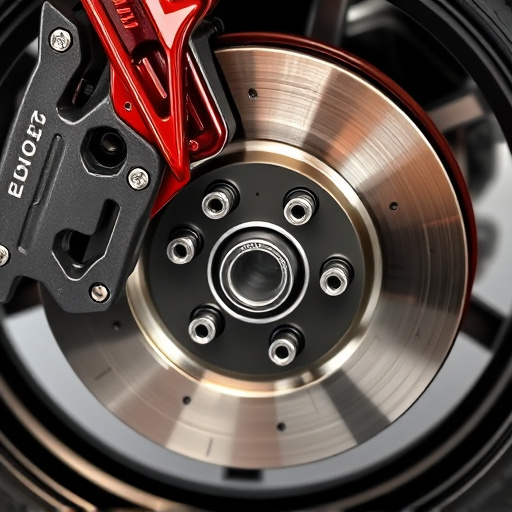
Understanding common car suspension parts is key to budgeting for their replacement. Key components include shock absorbers, which soften and control the up-and-down movement of wheels, and struts, which combine a spring and shock absorber into one unit. These parts play a crucial role in vehicle performance by ensuring a smooth ride and proper wheel alignment. Other essential suspension parts are ball joints, tie rod ends, and control arms, which facilitate steering and wheel positioning.
The cost of replacing these car suspension parts varies widely depending on the make and model of your vehicle. Shock absorbers and struts, for instance, can range from a few hundred to over a thousand dollars per corner, with premium coilover kits offering advanced control and customization at a significantly higher price point compared to traditional replacement parts. Keeping track of maintenance schedules and addressing issues early can help prevent costly damage. Knowing the average replacement costs for these components allows drivers to budget effectively and decide when to invest in upgrades like exhaust systems or coilover kits for enhanced vehicle performance.
Budgeting for Suspension Part Replacement: Tips and Strategies
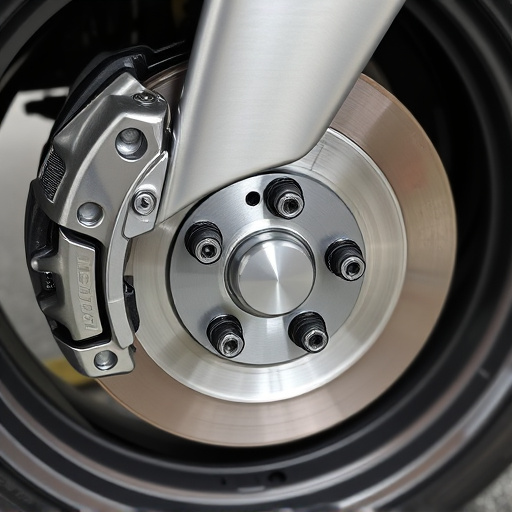
Budgeting for car suspension parts replacement can be a significant consideration for vehicle owners. When planning this maintenance task, remember that the cost can vary widely based on several factors, including your vehicle’s make and model, the specific suspension components required, and whether you opt for original equipment manufacturer (OEM) or aftermarket parts.
To stay within budget, start by identifying which suspension components need replacement. This might include struts, shocks, coil springs, or control arms. Researching typical prices for these parts and labor can give you a realistic estimate. Next, consider your priority level; not all suspension systems require immediate attention. You could also explore aftermarket options, which often offer comparable performance at lower costs. Additionally, comparing quotes from different repair shops can save you money. Remember to factor in maintenance tips like regular suspension inspections to prevent future, costlier repairs. For an informed approach, consider the balance between quality parts and your budget, especially when aiming for improved vehicle handling or considering performance brakes as part of your upgrade.
DIY vs Professional Suspension Repairs: When to Choose Each Option
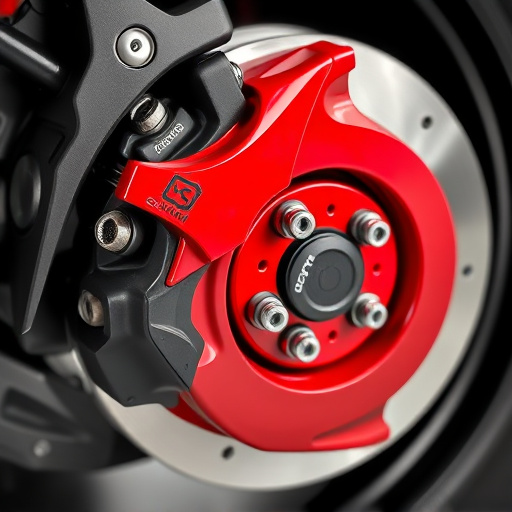
Choosing between DIY and professional car suspension repairs depends on several factors. While DIY suspension repairs can save significant costs, they require specialized knowledge and skills to ensure safety and effectiveness. If you’re comfortable with mechanical tasks, have access to quality tools, and possess a good understanding of your vehicle’s structure and systems, attempting a car suspension parts replacement yourself could be feasible. This option is ideal for straightforward repairs or minor upgrades that don’t involve complex components like struts or control arms.
On the other hand, professional suspension repairs offer peace of mind and superior quality assurance. Certified mechanics have extensive training and experience in handling various car models and suspension types. They can diagnose even subtle issues and provide expert advice on when to replace or repair specific parts, such as brake pads, brake rotors, or exhaust tips. This option is recommended for complex suspensions, vehicles with high mileage, or if you’re not entirely confident in your DIY abilities.
When budgeting for car suspension parts replacement, understanding the costs associated with common components is key. By familiarizing yourself with the prices of shock absorbers, struts, control arms, and other essential parts, you can make informed decisions. Following the tips outlined in this article—including DIY repairs when feasible and strategic budgeting—will help ensure your vehicle maintains optimal performance without breaking the bank. Remember, knowing your car suspension parts and their replacement costs is a valuable skill that contributes to both safer driving and smarter financial choices.



